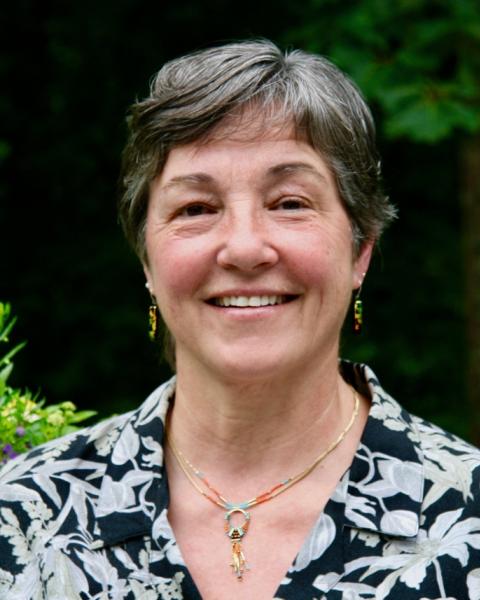Apple scab is a fungus disease that occurs worldwide wherever apples are grown. It is most severe in areas where the weather is cool and moist in the spring; thus, New Hampshire is an area particularly vulnerable to apple scab. Apple scab is a significant, economic disease of apples that can reduce the size and quality of the infected fruit and reduces the quality of fruit in storage. In addition, it is also a significant disease of flowering crabapples, and can also occur on hawthorn, mountain ash, and firethorn.
Description
Symptoms appear on leaves (including the petioles) and fruit. Lesions on the leaf first appear as light green circular spots that later become olive green and velvety in appearance. The number of lesions per leaf varies with the severity of the infection. Lesions may remain distinct or may coalesce into larger areas of infection. If early infections are severe, the leaves may curl, become puckered and torn, and often fall prematurely. Symptoms on the fruit appear as distinct, almost circular lesions that are olive-green and velvety at first, but later become darker, scabby, and sometimes cracked. Severe early infection of fruit results in deformed, cracked fruit that may drop prematurely. Late-season fruit infections may develop into dark scab spots during storage. Multiple infections occur throughout the season on both leaves and fruit.
Repeated defoliation can weaken trees, increasing susceptibility to freeze/winter injury, insect attack, and other diseases.
Disease Cycle
The apple scab fungus overwinters in infected leaves on the ground. During the winter and early spring, the fungus forms fruiting bodies in the fallen leaves. Primary fungal spores (ascospores) are released from the fruiting bodies during rainy periods in the spring. The spores are carried by wind and rain to developing fruit and leaves. Primary infections can occur from green tip through one to two weeks after petal fall. Symptoms appear one to two weeks after infection. Secondary fungal spores (conidia) are produced on the lesions, and cause additional infections on leaves and fruit during rainy periods. Secondary infections can continue to occur throughout the growing season.

Management
IPM Strategies:
- Cultural Practices -
- Sanitation is an effective management tool for apple scab. Rake and destroy all leaves in the fall (or chop leaves with a mower). Application of urea to trees after harvest, but just prior to fall leaf drop helps to speed up leaf decomposition.
- Prune trees regularly to increase air movement and sunlight penetration into the canopy, which speeds up drying of the leaves and fruit, thus reducing infection. Avoid overhead irrigation.
- Use resistant varieties (Redfree, Prima, Liberty, Freedom, Jonafree, Macfree, Sir Prize, William’s Pride, Enterprise, Gold Rush, and Pristine).
- Chemical Control - Apply protectant fungicides at green tip (when first susceptible tissue emerges from the bud). Additional protectant fungicide applications will be needed through the petal fall fruit development stage to protect developing leaves, flowers, and fruit from infection during this critical part of the growing season. The interval between these sprays is generally five to seven days, depending on rainfall and the rate of growth.* Fungicides with curative action may be utilized in some instances (growers should utilize a weather monitoring system that tells them when an infection period has occurred to effectively time these curative applications). Cover sprays during the summer will only be necessary if scab control was inadequate during the primary scab season. Predictive models for apple scab are available through several weather networks.
Refer to the current New England Tree Fruit Management Guide, or the Home Fruit Spray Schedule (for home owners), or consult your county Extension Educator for specific pesticide recommendations, rates, and timing.

*If scab incidence was very low the previous season, and the grower practiced good sanitation, the first spray can be delayed until three wet periods have occurred, or until the pink stage of bud development (scab incidence needs to be assessed in the fall to make this determination).
Stop! Read the label on every pesticide container each time before using the material. Pesticides must be applied only as directed on the label to be in compliance with the law. All pesticides listed in this publication are contingent upon continued registration. Contact the Division of Pesticide Control at (603) 271-3550 to check registration status. Dispose of empty containers safely, according to New Hampshire regulations.
Download the resource for the complete factsheet.

